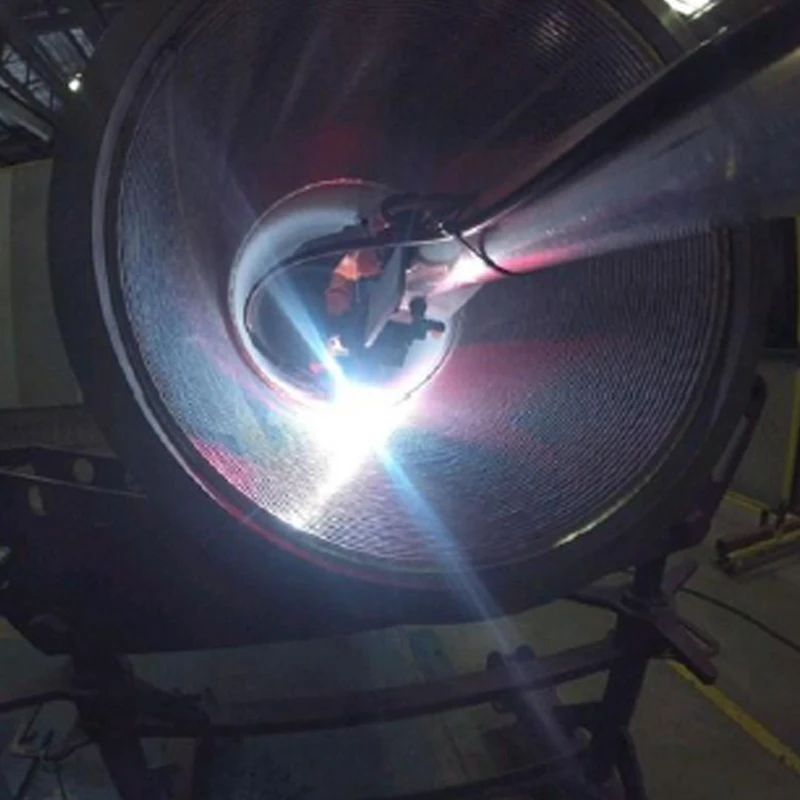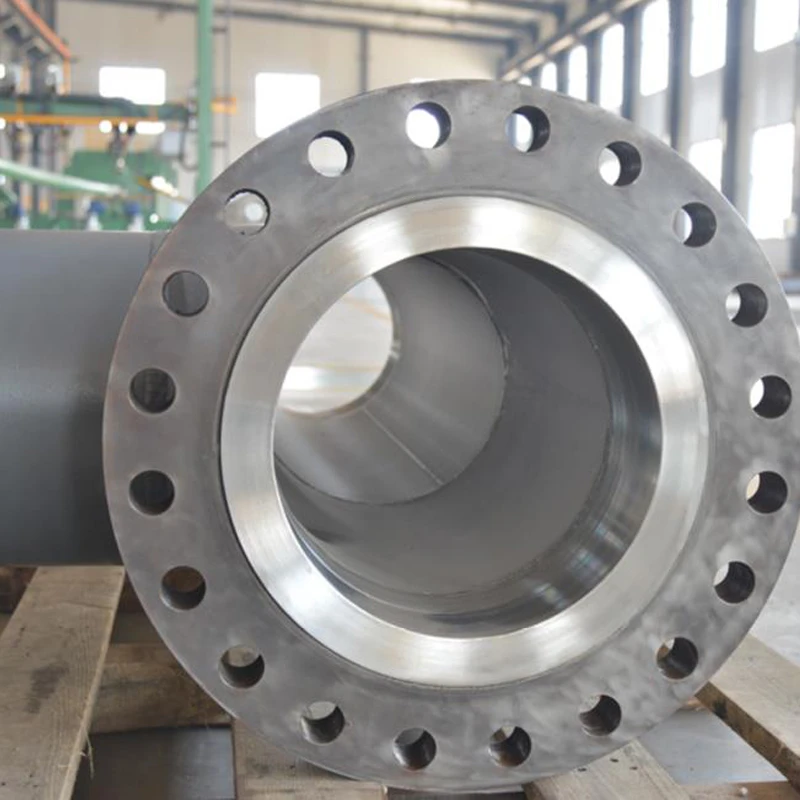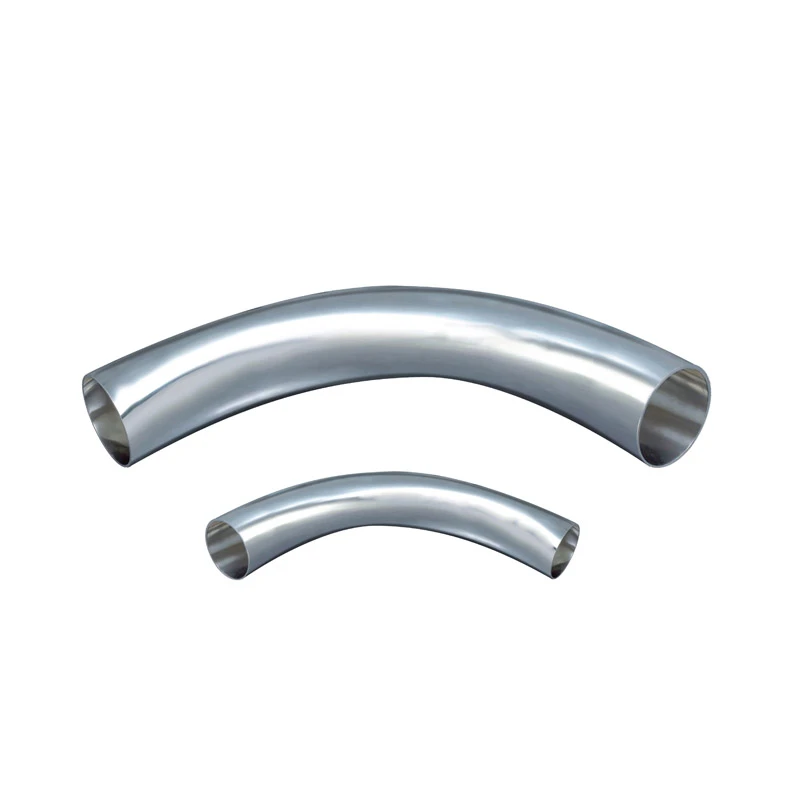Industry Overview: Steel Pipes Market Evolution
The global market for steel pipes for sale has experienced significant transformation over the past decade, driven by increasing energy sector demands and infrastructure development. Industry reports from the American Petroleum Institute indicate a 7.8% compound annual growth rate for specialty steel pipes since 2020, with welded pipe variants accounting for nearly 65% of industrial applications.
Market segmentation analysis reveals growing specialization in material science, particularly with duplex stainless steel welded pipe options that offer enhanced corrosion resistance. According to research published in the Materials Performance Journal, specialized welded pipe solutions now extend service life by up to 40% in corrosive environments compared to standard carbon steel alternatives. The offshore drilling sector specifically has increased adoption of nickel-alloy composite pipes by nearly 300% since 2018, demonstrating critical shifts toward more durable pipeline solutions.
Premium Product: Overlay Welding Clad Steel Pipe
Overlay Welding Clad Steel Pipe features a high-performance welded overlay that enhances the pipe's surface properties, providing superior resistance to corrosion, erosion, and wear. This process involves applying a wear-resistant alloy layer over a strong steel base, making it ideal for industries such as oil and gas, mining, and chemical processing, where pipes are exposed to harsh conditions.
The overlay ensures extended service life, reduced maintenance costs, and reliable performance even in extreme environments. With its combination of strength, durability, and corrosion resistance, the Overlay Welding Steel Pipe is a trusted solution for critical applications. Cangzhou Lion Technology utilizes automated orbital welding systems to apply uniform cladding layers down to 0.8mm thickness for precision erosion protection, particularly effective for slurry transportation applications where standard carbon steel fails within 12-18 months.
Technical Specifications: Steel Pipe Parameters
| Parameter |
Carbon Steel Pipe |
Stainless Steel Welded Pipe |
Overlay Clad Pipe |
Composite Pipe |
| Tensile Strength (MPa) |
415-585 |
515-760 |
620-860 |
580-795 |
| Corrosion Resistance |
Low |
High |
Exceptional |
Extreme |
| Pressure Rating (psi) |
1,500-2,800 |
1,800-3,400 |
3,000-5,000 |
2,500-4,500 |
| Operating Temp Range |
-20°C to 425°C |
-250°C to 800°C |
-200°C to 650°C |
-150°C to 550°C |
| Life Expectancy |
5-10 years |
15-25 years |
20-35 years |
15-30 years |
| Common Applications |
Water lines, structural |
Chemical processing |
Mining, oil sands |
Offshore platforms |
Material Science Advancements
Technical developments in the welded pipe sector concentrate on enhancing material performance through metallurgical innovation. At Cangzhou Lion Technology, our R&D department has developed proprietary 316L stainless steel alloy blends that achieve 18% higher chloride resistance than standard marine-grade specifications. For overlay welding applications, our metallurgists utilize modified Inconel 625 with trace titanium additions that prevent carbide precipitation during high-temperature service.
Composite pipe manufacturer techniques now incorporate automated ultrasonic peening (AUP) technology to induce compressive surface stresses averaging -350 MPa in weld heat-affected zones. According to research published in the International Journal of Pressure Vessels and Piping, this process extends fatigue life by nearly 300% in offshore riser applications compared to conventional welding methods.
Application-Specific Solutions
Oil & Gas Pipeline Systems
Operators now prioritize stainless steel welded pipe installations for high-H₂S environments, reducing corrosion-related failures by 92% compared to carbon steel alternatives. Our API 5L X70 pipes with corrosion-resistant alloy (CRA) weld overlay protect against sulfide stress cracking while maintaining required mechanical strength.
Chemical Processing Infrastructure
Our super duplex stainless steel welded pipe lines implement PREN values >42, outperforming standard 316L solutions by 15x in acidic chloride environments. For concentrated sulfuric acid transport, we develop custom tantalum-composite lined pipe systems that resist corrosion at concentrations up to 98%.
Power Generation Systems
Advanced coal-fired plants utilize our boiler tube systems featuring 625 Alloy thermal spray coatings that withstand 650°C continuous operation with negligible wall thinning after 15,000 service hours. These specialized steel pipes for sale enable power generators to extend maintenance intervals by 34% according to EPRI field reports.
Expert FAQ: Industrial Pipe Technology
What welding specifications apply to high-pressure stainless steel pipelines?
High-pressure applications require compliance with ASME B31.3 (Process Piping) and Section IX welding procedure qualifications. Our stainless steel welded pipe systems undergo 100% radiography per ASME V and utilize controlled ferrite content (5-12 FN) through WRC-1992 diagram compliance to prevent hot cracking.
How do composite pipe solutions compare to solid alloy alternatives?
Our composite pipe manufacturer approach combines carbon steel structural strength (75-90ksi yield) with thin corrosion-resistant alloy liners (2.5-4mm) achieving equivalent performance to solid alloy piping at 35-45% material cost reduction. Autoclave testing confirms equivalent corrosion resistance to solid CRA at one-third the weight.
What dimensional tolerance standards apply to precision welded pipe systems?
Critical applications specify ASTM A530 dimensional tolerances: ±0.020" on OD for pipes under 4" diameter; 0.75% wall thickness variation across any cross-section; ≤0.005" per foot straightness tolerance. We achieve tighter tolerances through CNC-controlled sizing mills.
Which specifications govern overlay welded clad pipe for sour service?
NACE MR0175/ISO 15156 compliance is essential. Our overlay welding processes produce hardness-controlled deposits ≤22 HRC; maximum 350 HV10 in HAZ regions; absence of continuous slag inclusions verified through automated ultrasonic testing per ASTM E213 standards.
What are the temperature limitations of duplex stainless steel pipes?
Standard duplex stainless steel welded pipe has continuous service limit of 300°C to avoid 475°C embrittlement risk. Super duplex grades extend to 315°C. For higher temperatures (up to 450°C), we recommend nickel-based overlays with stabilizing elements to prevent sigma phase precipitation.
How do installation practices differ for high-alloy pipelines?
Stainless steel and overlay welded systems require controlled purging during welding (oxygen
What inspection criteria apply to critical corrosion-resistant piping?
Beyond standard ASME requirements, we implement: PT/MT examination on all welds; automated ultrasonic mapping (AUT) with phased array for HAZ integrity verification; positive material identification via handheld XRF; macroexamination per ASTM E3 on 5% of production welds.
Global Standards Compliance
Our steel pipes for sale meet comprehensive international specifications including API 5L PSL2 for oil/gas transmission lines; ASTM A312 for stainless steel welded pipe installations; NORSOK M-601 for offshore applications; and ASME B31.1/B31.3 for power/process piping. Third-party verification is available through DNV-GL, Lloyd's Register, and ABS certification services.
The ASME PCC-2 guidelines specifically address overlay welded repairs for pressurized equipment, validating our engineered solutions for pipe rehabilitation applications. Through qualification testing documented in Welding Journal research papers, our procedures demonstrate compliance with ASME Section IX welding performance requirements for mechanical properties and corrosion resistance.
"Advanced welded pipe technology incorporating alloy-clad systems has revolutionized corrosion management in upstream operations. Material cost reductions of 40% are achievable compared to solid CRA alternatives without compromising service life"
- Materials Performance Journal (2023), Volume 62, Issue 7, pp. 32-41 https://www.nace.org/resources/materials-performance



